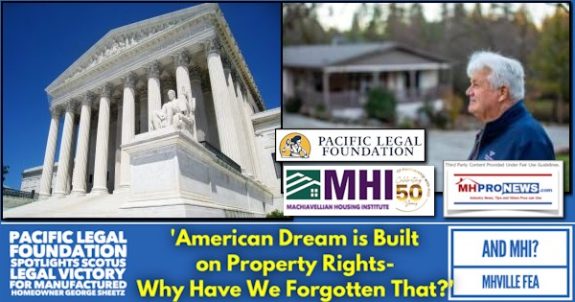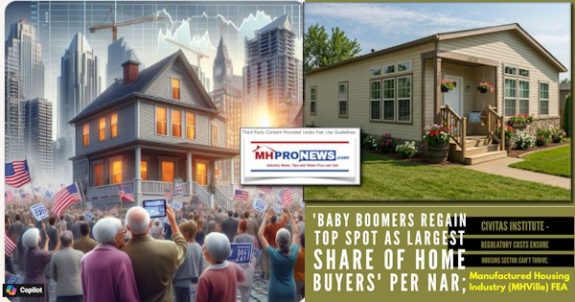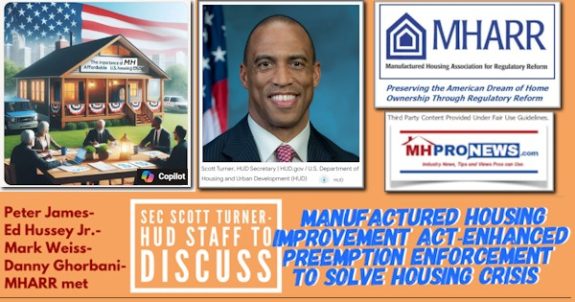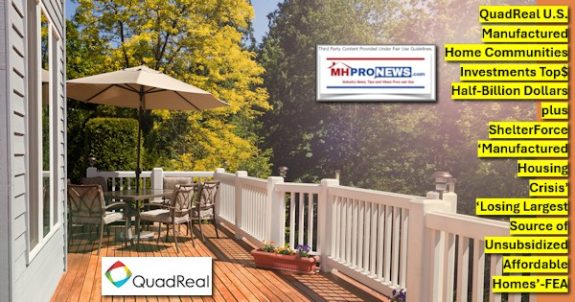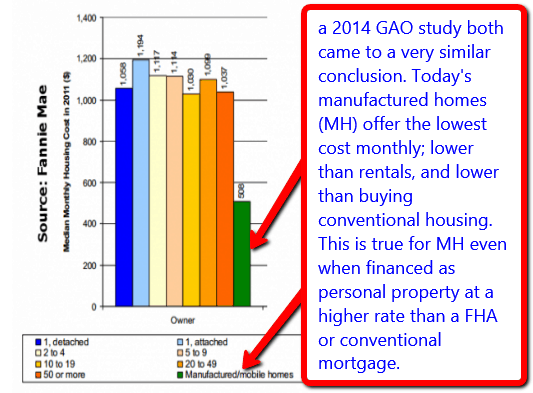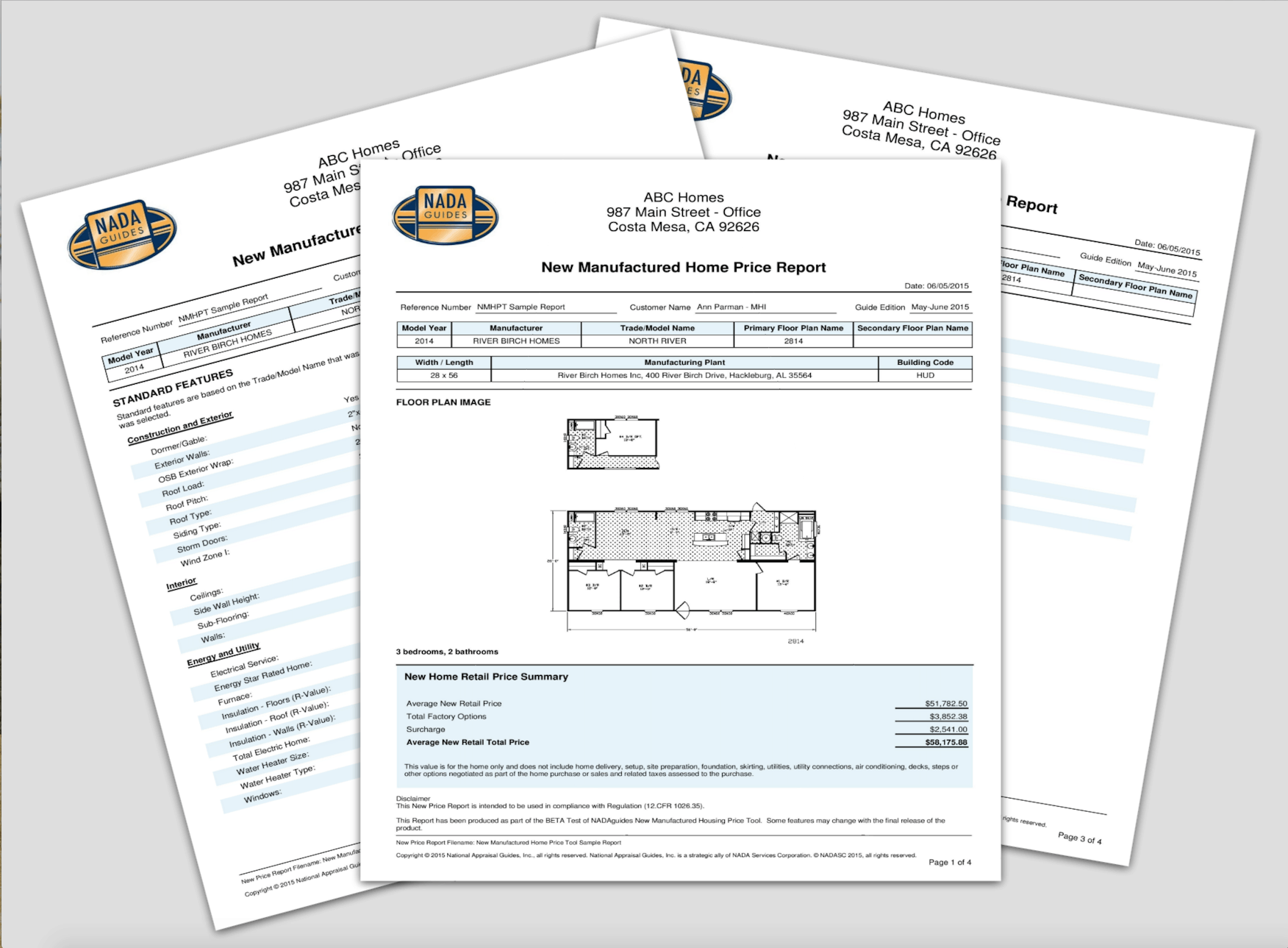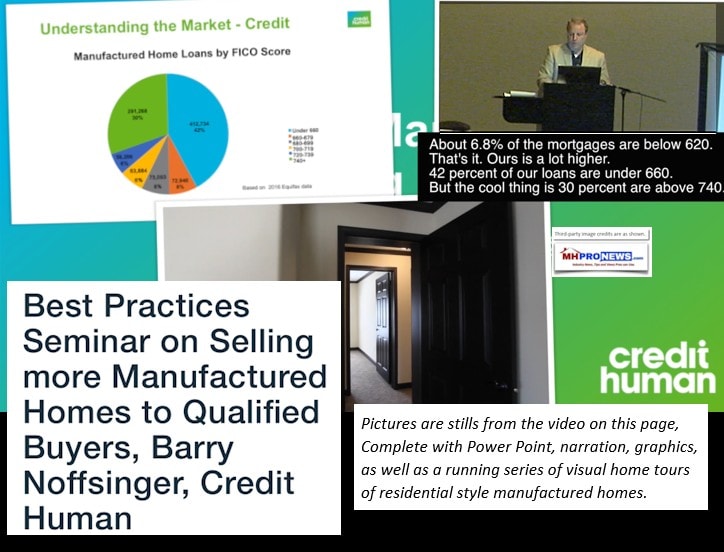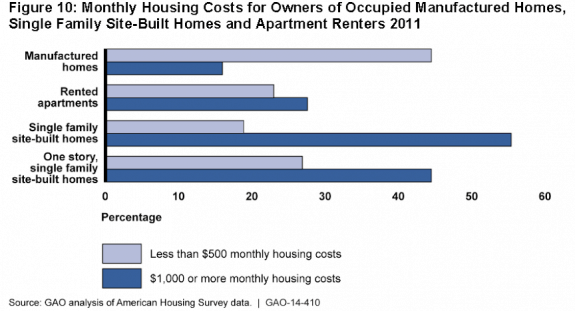
AHA President Ken Anderson says new members are often looking to the organization for help.
“A lack of business is unquestionably the biggest issue for our members and a direct correlation is a lack of financing available for consumers.” Anderson says. “Financing traditionally has driven our business and it’s affecting us adversely now.”
New AHA member Mark Coble of Quality Home Center in Pinetop, Arizona echoes those concerns as he expressed frustration from not being able to get a home built because there wasn’t enough production to warrant bringing workers online to complete it.
Coble, who has been in the industry for 23 years and selling Champion Homes for 20 years says he’s been through the industry’s ups and downs before.
“It’s slow,” Coble says. “It’s picking up for some people, but Arizona’s unemployment rate is almost ten percent. That’s not including the people who can’t get unemployment anymore. It’s not going well.”
Anderson also points to employment as a key factor in slow sales.
While the situation seems to be stabilizing, Anderson says a lot of it was lost in the housing sector and may not be back until the industry is revived.
Anderson comments that with the sub-prime mess a thing of the past, “the quality move ahead is just to get the housing industry moving again and make quality financing available.”
Anderson looks to Washington in hopes of accomplishing that. Banks, he says, are still selective on the loans they underwrite. The losses are behind them, but that hasn’t helped make financing available.
“It’s stifled our industry and homebuilders as well,” Anderson says.
New member Mark Voigt of Voyager Flagstaff 54 Investors is planning for that housing rebound. Voigt is planning for the development of 116 manufactured home lots next to the existing community of Railroad Springs in Flagstaff. He says the community will provide much needed affordable housing for the Arizona community, something that’s been in short supply.
“The last thing Flagstaff needs is another $350,000 condo or another high-end second home market because the market is non-existent for those types of products,” Voigt says. “This is work-force housing for companies in Flagstaff that want to stay in Flagstaff. We need this type of product in order to save jobs.”
When the timing is right, Voigt says his company may choose to develop the community, form a joint venture or sell the ready-to-develop property.
“Right now we’re just hoping the economy stabilizes over the next year or so and hoping we’re in a pretty good position to move forward with the project,” Voigt says. “With the market being down and financing hard to obtain, we’re positioning.”
Both Voigt and Coble will benefit if AHA and other organizations are able to help bring about a return of readily-available financing. That, along with increased improvement in the employment picture will help produce the awaited transformation and a return to prosperity.
To be sure, would-be homeowners need jobs in order to be able to buy. But as Anderson notes, it’s possible the egg came before the chicken and opening up financing through Fannie Mae and Freddie Mac or the return of the Homebuyer Tax Credit could help make it happen.
“I think the Fed is getting the message,” Anderson says. “If housing comes back, unquestionably jobs will be back and will feed a lot of other jobs. Housing is what drove the economy for five years.”











